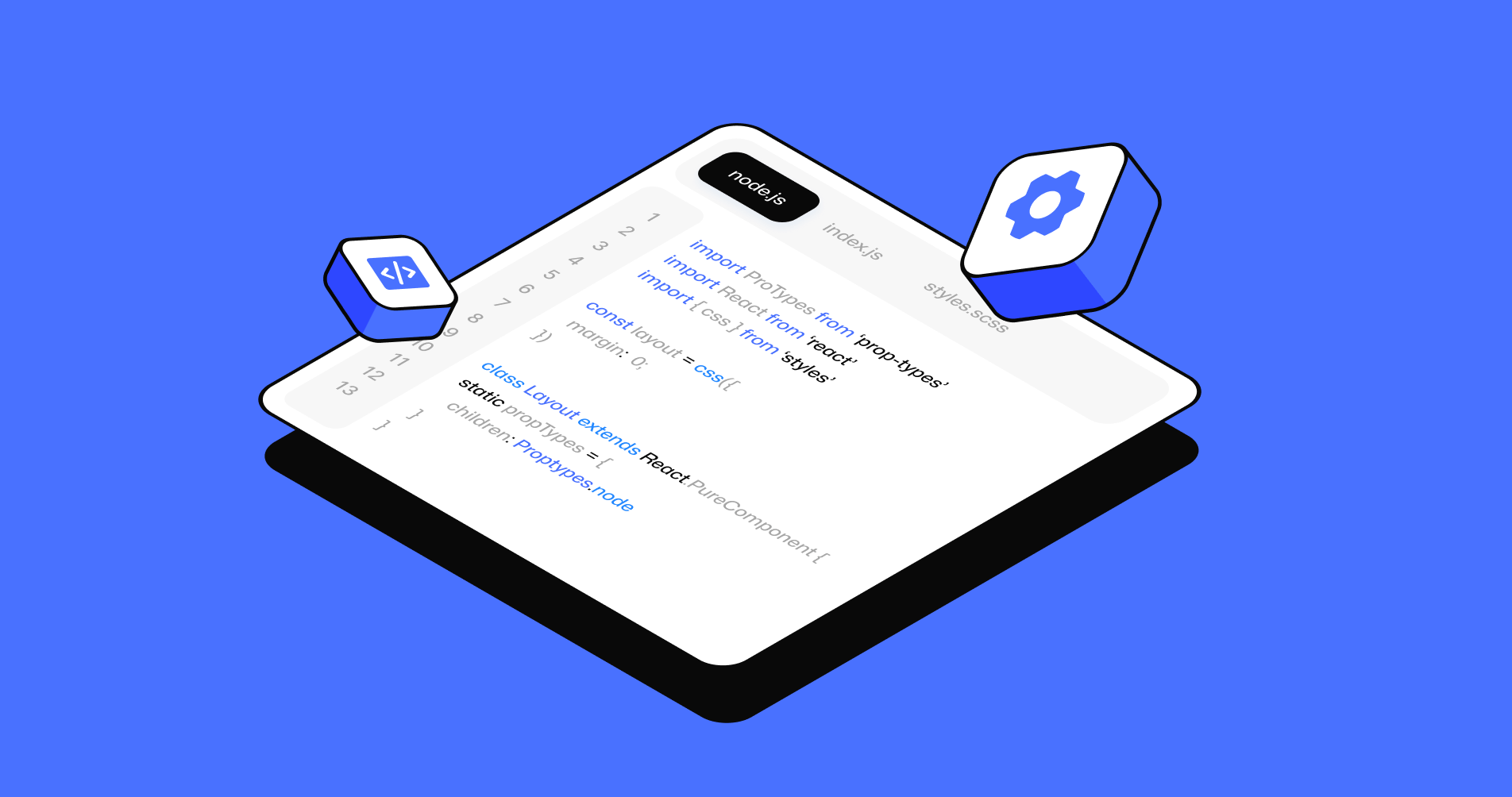Overcoming IP Blocking at Scale with Intelligent Proxy Orchestration
Beat IP blocking at scale with intelligent proxy orchestration by learning adaptive routing and smart strategies.

Web scraping might sound like a straightforward treasure hunt, yet anyone who has scraped more than a handful of pages knows the dragons that guard the gates — chief among them is IP blocking. For fast-growing teams that squeeze insight from public data, nothing stalls momentum faster than a “403 Forbidden.”
The stakes get even higher when your crawling pipeline powers AI market research and feeds models that do not tolerate missing slices of the pie. To keep the data faucet wide open, we need more than a pocketful of residential IPs. We need an orchestra.
The Rising Tide of IP Blocking
Why Blocking Happens in the First Place
Web servers do not wake up grumpy. They block when they see patterns that look inhuman: unusual request volumes, robotic header fingerprints, or traffic that hops across pages at superhuman speed. Throw in CAPTCHAs and geo-fencing, and suddenly your polite crawler has the door slammed in its face.
The Cost of Getting Locked Out
Every blocked request is a triple whammy. First, you lose time while retry logic kicks in. Second, you burn budget on wasted proxy rent. Third, you risk skewed datasets that secretly bias downstream analyses. One afternoon of heavy blocking can balloon cloud costs and leave data scientists scratching their heads over lopsided trends.
A Game of Cat and Mouse
Traditional responses look like a cat-and-mouse chase: rotate user-agents, inject random delays, or scatter requests across a proxy pool. These tricks work—for a week. Then sites upgrade their defenses, add fingerprinting, and the ban hammer drops again. Crawling at scale demands a smarter playbook.
Why Traditional Proxies Fall Short
Static Pools Cannot Flex
Buying a thousand residential IPs feels powerful until a popular site flags the entire subnet. Static pools age quickly. Without constant curation, half your addresses become useless estate, like a fleet of rental cars with seized engines.
Geographic Mismatch
Scraping e-commerce prices from Poland while your proxy screams “Hello from Peru!” is an instant red flag. Static proxies rarely align with every target’s preferred region, so requests look out of place. Geo-mismatch inflates block rates and torpedoes data quality.
Health Checks Are an Afterthought
Most proxy systems run health checks as a nightly chore. By sunrise, the internet has shifted. Exit nodes that were clean at 2 a.m. might be blacklisted by breakfast. Static health scoring leaves crawlers stumbling over dead proxies like a tourist tripping on cobblestones.
Enter Intelligent Proxy Orchestration
What “Intelligent” Really Means
Intelligence in this context is not marketing fluff. It is a feedback loop that measures every outbound request, grades the response, then tunes routing in near real-time. Think of a conductor who hears the horns squeak and instantly cues the strings to cover the gap.
Dynamic IP Allocation
Modern orchestration platforms maintain vast pools of residential, mobile, and data-center IPs across numerous carriers. They allocate nodes on demand, weighted by recent success rates, target domain reputation, and geographical fit. The crawler never touches the steering wheel; it simply asks for “the best path right now” and gets a fresh lane every few seconds.
Adaptive Request Shaping
Intelligent layers tweak headers, cookies, and TLS fingerprints to blend in with genuine browsers. They observe target sites in flight, noticing, for example, that page X prefers HTTP/2 or that search endpoint Y tolerates bursts only if query parameters follow a human-like pattern. The system mutates accordingly, so each request lands wearing the right disguise.
Real-Time Feedback Loops
Every response code enters a metrics pipeline. Spikes in 429 or CAPTCHA pages trigger immediate rerouting. Healthy proxies get promoted; risky ones are benched. Like a savvy ride-share app, the orchestrator refuses to send drivers into gridlock and reroutes traffic to clear avenues before passengers complain.
Crafting a Scalable Strategy
Set Clear Success Metrics
Before plugging in an orchestration engine, define what “good” means. Is it 99 percent successful requests? Latency under two seconds? A daily budget ceiling? Having crisp metrics lets the proxy layer optimize toward tangible goals rather than a vague sense of speed.
Harmonize with Crawl Logic
An orchestra shines only if the sheet music is readable. That means aligning crawl schedules, pagination depth, and retry rules with the orchestration API. If your crawler fires ten concurrent calls to the same domain, make sure back-off logic and request throttles speak the same tempo as the proxy conductor.
Embrace Regional Diversity
Some targets frown on traffic from entire continents. Intelligent routing can juggle exit nodes in dozens of countries, but you must whitelist viable regions up front. A balanced geographic spread not only lowers block rates but also captures localized content variations that enrich analysis.
Continuous Monitoring
Even the sharpest conductor needs an audience that notices missed notes. Pipe proxy metrics into dashboards that track block ratios, response times, and per-domain success. Sudden dips often reveal changes on the target site—updated JavaScript checks, new cookie gates—that warrant quick tweaks to the orchestration rules.
Budget for Elasticity
Dynamic pools are priced like cloud compute: you pay for what you draw. Factor in bursts during peak crawl windows, and set alert thresholds so runaway costs do not sneak past accounting. Intelligent systems can throttle spend automatically, but only if you feed them sensible boundaries.
Conclusion
IP blocking is not a monster you slay once but a storm you learn to surf. Intelligent proxy orchestration transforms the struggle from frantic cat-and-mouse to a graceful dance where every request finds its perfect route. By embracing adaptive routing, real-time feedback, and tight integration with crawl logic, you keep the data flowing, the costs predictable, and the team laughing at the ghost of “403 Forbidden.”
Subscribe to our newsletter
Get regular updates on the latest in AI search





.png)

